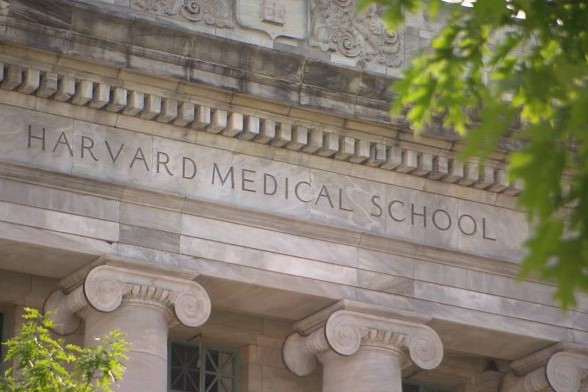
Stroke, the relevance of telemedicine in US Stroke Units: research from Harvard Medical School on telestroke
Telemedicine has become a priority, not only when it comes to stroke. A source of interest from the scientific community for several years, it has become indispensable since Covid-19 brutally revolutionized patient approach protocols.
In the United States, Harvard Medical School has conducted interesting research on the importance of telemedicine and how its proper use improves patient outcomes, saving many patients’ lives.
A newly published study shows that individuals who receive stroke care at facilities that offer consults via stroke telemedicine, known as telestroke, fare better than patients who get stroke care at places without such services, according to researchers in the Blavatnik Institute at Harvard Medical School and colleagues.
Telestroke, the study published on Jama
The study, published online March 1 in JAMA Neurology, represents the first national analysis of telestroke patient outcomes.
It shows that those who get care at hospitals that offer telemedicine for stroke assessment receive superior care and are more likely to survive strokes than patients who went to similar hospitals without telestroke services.
The telestroke services evaluated in this study allow hospitals without local expertise in treating stroke to connect patients to neurologists who specialize in treating stroke.
Using video, off-site experts can virtually examine an individual with symptoms suggestive of stroke, review radiology tests, and make recommendations about the best course of treatment.
The use of remote stroke assessments is becoming more widespread.
Telestroke is now in use in almost one third of U.S. hospitals, but evaluations of its impact across a broad range of hospitals has been limited
“Our findings provide important evidence that telestroke improves care and can save lives,” said study senior author Ateev Mehrotra, associate professor of health care policy and of medicine at HMS and a hospitalist at Beth Israel Deaconess Medical Center.
For the study, the researchers compared outcomes and 30-day survival among 150,000 patients with stroke treated at more than 1,200 U.S. hospitals, half of which offered telestroke consults and half of which didn’t.
One outcome the study looked at was whether patients received reperfusion treatment, which restores blood flow to regions of the brain affected by the stroke before irreparable damage occurs.
Compared with patients who received care at non-telestroke hospitals, patients who received care at telestroke hospitals had relative rates of reperfusion treatment that were 13 percent higher and relative rates of 30-day mortality that were 4 percent lower.
The researchers saw the largest positive benefits at hospitals with the lowest patient volume and hospitals in rural areas.
“The benefits from telestroke appear to be the greatest at small rural hospitals—the very facilities that were also the least likely to have telestroke capacity,” said first author Andrew Wilcock, assistant professor at the University of Vermont Larner College of Medicine and a visiting fellow in health care policy at HMS.
“These findings emphasize the need to address the financial barriers these smaller hospitals face in introducing telestroke.”
Co-authors include Jessica Richard from HMS; Lee Schwamm and Kori Zachrison from HMS and Massachusetts General Hospital; Jose Zubizarreta, from HMS, the Harvard T.H. Chan School of Public Health, and Harvard University; and Lori-Uscher-Pines from the RAND Corporation.
Read Also:
How To Rapidly And Accurately Identify An Acute Stroke Patient In A Prehospital Setting?
Stroke And COVID-19, Case Report Of 4 Patients


